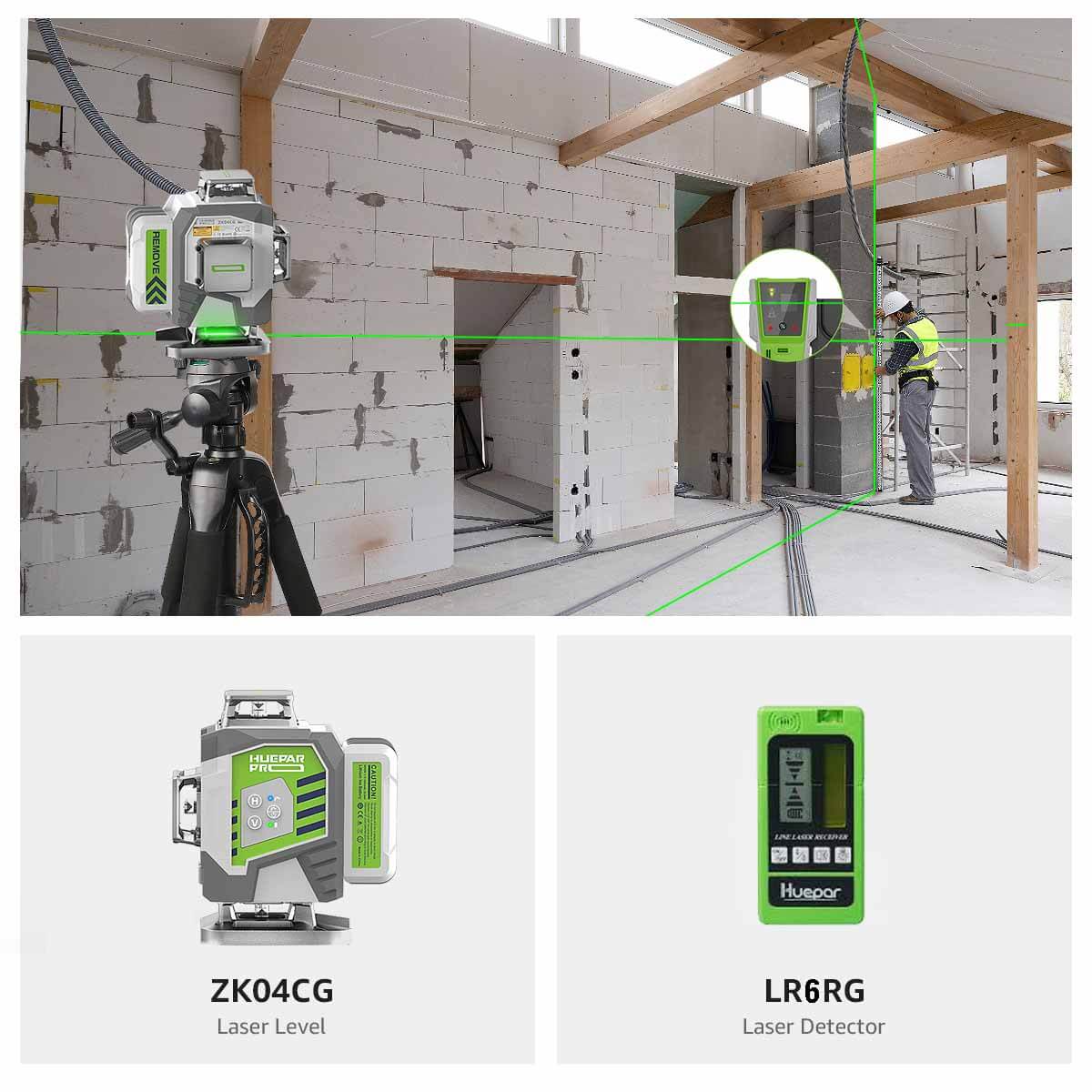
How to Start a Handyman Business in 9 Steps in 2025
Starting a handyman business can be a real game-changer—if you enjoy fixing things and solving those everyday home repair headaches. There's always a high demand for reliable handyman services—whether you're a seasoned pro or someone who's turned their DIY skills into a business.

Success in this field isn't just about being handy-you also need a clear plan to get your business off the ground and keep it growing. That's what we're going to cover in this guide. We'll take you through the nine essential steps to launching your handyman business—the ones that will help you establish a solid foundation, market your skills and bring in those steady clients.
We'll cover everything from defining what you offer to setting up the right legal framework. By the end of it, you'll have a thriving business that turns your skills into real success.
Define Your Handyman Services
The first step in starting a handyman business is to define your services. It’s a common myth that you need to be a jack of all trades to be a handyman. In reality most successful handymen specialize in a particular niche or offer a focused range of services.
Think about your strengths and areas of expertise. Do you excel at carpentry, drywall repair or painting? Or perhaps your skills are in plumbing, electrical work or general home maintenance? Knowing your core competencies will help you decide what services to offer.
Related Reading: How Much Does a Handyman Charge to Paint a Room?

While offering a broad range of services may seem attractive, specializing in a specific niche can be more profitable. Clients are willing to pay premium rates for specialized expertise. For example a handyman who specializes in tile installation or deck building can charge higher rates than a generalist.
But if you like variety you can offer a selection of basic home repair services. The key is to start with what you’re good at and gradually add more services over time. As you gain experience and get new tools you can add more services to your offerings.
Regardless if you choose to specialize or offer a broader range of services you must be upfront with potential clients about your capabilities. Never misrepresent your skills or take on jobs you’re not qualified to do. Building a reputation for good work and honesty is key to long term success in the handyman business.
Understand Licensing Requirements
Before you start offering handyman services, you need to get a handle on the licensing laws in your state. Each state has its own set of regulations—and failing to comply can lead to some pretty hefty fines or even legal issues.
While most states allow handymen to do minor repairs and maintenance tasks without a contractor's license, there are usually two main limitations you'll run into:
-
Job size: Many states have a dollar limit on the size of jobs an unlicensed handyman can take on. California's limit is $500, while Nevada's is $1,000.
-
Services you can and can't do: In most states, handymen can't perform electrical, plumbing or HVAC work without a specialized trade license. But they can do minor tasks like changing light fixtures, replacing faucets or unclogging drains.
To operate within the law, you need to research the specific laws in your state. That information is usually available on your state's contractor licensing board website or by contacting your local authorities.
Identify Your Target Customers
Not every homeowner is a good fit for your handyman business. You don't need to cater to everyone who needs handyman services. Some customers will only be willing to pay rock-bottom prices, while others are happy to compensate you fairly for your expertise and quality work.
When you define your target customers, think about the kind of service you want to provide. Do you want to offer a premium experience or keep things basic and competitive? Your target customers should match your desired service level.
Look for customers who value quality workmanship, punctuality and attention to detail. They understand that skilled labor comes at a cost and are willing to invest in a job well done. By targeting the right customers, you can avoid the frustration of working with clients who constantly haggle over prices or have unrealistic expectations. You can build a loyal customer base that appreciates your skills and is happy to pay a fair rate for your services.
Set Profitable Pricing
Pricing your handyman services right is key to running a successful and profitable business. The average handyman in the US charges between $60 to $85 per hour. But with the right pricing strategies you can easily average $100 per hour or more. In fact it’s not uncommon for experienced handymen to make six figure incomes doing basic home repair work.
The key is to understand value based pricing. Don’t price your services based on what your friends, family or competitors charge. Price your services based on the value you provide to your customers. Consider your experience, efficiency, professionalism and the quality of your work.
One pricing strategy is to offer flat rates or package pricing for common jobs. This way customers can understand the cost upfront and you don’t have to bill by the hour. For example you could charge a flat rate of $150 for installing a ceiling fan or $300 for building a basic shelving unit.
Another strategy is to charge a minimum fee, like a two hour minimum, to cover your overhead and ensure profitability on small jobs.
It’s also important to review and adjust your pricing regularly to account for changes in your costs, experience and market conditions. Don’t be afraid to raise your rates as you get more skilled and efficient.
Remember undercharging not only impacts your profitability but also devalues your services. By charging for the value you provide you’ll attract the right customers, increase job satisfaction and build a sustainable profitable handyman business.
Create a Marketing Plan
Marketing is key to any business including a handyman service. Without a marketing strategy it’s hard to reach and attract customers. One of the most powerful marketing tools today is an online presence, especially a professional website.
A well designed website not only establishes credibility but also a platform to showcase your services, portfolio and customer reviews. It allows potential customers to learn about your business, expertise and the quality of your work before they hire you.
Plus an online presence allows you to reach a wider audience beyond your local area. Marketing tactics for a handyman business include SEO, content marketing and local advertising. SEO is optimizing your website and content to rank higher in search engine results so potential customers can find you when searching for services. Content marketing is creating and sharing valuable, relevant and consistent content to attract and retain a clearly defined audience. This can include blog posts, videos, social media updates and more.
Local advertising such as listing your business on online directories, distributing flyers or door hangers in your service area and leveraging word of mouth referrals can also be powerful for a local service based business like a handyman service.
When you put together a marketing strategy that combines the right tactics, you can really connect with-and attract-those high-paying customers. You'll establish a strong online presence and differentiate yourself from the competition in your area.
Choose a Business Name
Choosing a business name for your handyman business should be a straightforward process. Keep it simple, and make sure it clearly communicates what you do. Here are some tips to help you choose an effective business name:
- Make it easy to spell and pronounce
- Keep it concise, ideally 1-3 words
- Incorporate keywords like "handyman," "home repair," "maintenance," or "fix"
- Avoid puns, jokes, or overly creative names that don't convey your services
- Consider including your local area or region if you plan to operate locally
A well-chosen name like "ABC Handyman Services" or "XYZ Home Repairs" immediately tells potential customers what you do-and establishes trust. That straightforward yet memorable name will help you market your business effectively and attract the right clients.
Register and License Your Handyman Business
Registering your handyman business is crucial for both legal compliance and protecting your personal assets. It's not as daunting as it seems. You can form a limited liability company (LLC) for your handyman business online-through your state's website. That usually costs less than $500.
Once you've formed your LLC, you'll need an Employer Identification Number (EIN) from the IRS. Think of an EIN as a social security number for your business. You'll need it to open a business bank account, file taxes and hire employees. Applying for an EIN is free and can be done online.
Local business licenses and permits vary by city and county, but most areas require a general business license for handyman services. Visit your local government's website or chamber of commerce to find out what licenses you need-and how to apply.
With your LLC, EIN and local licenses in place, your handyman business will be officially registered and ready to operate. That foundation will give you peace of mind-and set you up for long-term success.
Acquire Essential Tools
As a new handyman business owner, you'll want to get the right tools for the job. But you don't need to break the bank buying every tool under the sun right off the bat. What you really need are the essentials—and then you can acquire specialized tools as you go. That way, you can invest in the must-haves first and worry about the rest later.

Start with the basics: a cordless drill, pliers, screwdrivers, a hammer, a level, a tape measure and a utility knife. You'll use those on almost every job. As you gain experience and take on more diverse projects, you can start to build out your tool collection from there.
Renting tools for specific jobs is another cost-effective strategy. If you land a tile installation job but don't own a tile saw, consider renting one from a local hardware store or tool rental service. That way, you can have the right tools without tying up a lot of capital in equipment you might not use that often.
When you do need to buy larger power tools or specialized equipment, evaluate your needs carefully. Ask yourself: how often are you really going to use that tool? And would renting or borrowing be a better option for now? As your business grows and you take on more jobs that require specialized tools, you can justify the investment.
Having the right tools does more than just ensure quality work—it enhances your professional image. Clients will appreciate your preparedness and attention to detail, which can lead to positive reviews, referrals and repeat business.
Get Handyman Insurance
Protecting yourself and your business with the right insurance coverage is just as crucial. While insurance may seem like an added expense, it safeguards you from potential liabilities and financial risks that could arise from accidents, property damage or injuries on the job.
General liability insurance is one of the most essential types of insurance for handymen. This policy covers third-party bodily injury, property damage and personal injury claims that may occur during your work. If you accidentally drill into a water pipe and cause flooding in a client's home, for example, general liability insurance can cover the costs of repairs and potential legal fees.
You can expect to pay anywhere from $40 to $90 per month for a general liability insurance policy, depending on your coverage limits and specific business needs. Most handymen opt for coverage limits of $1 million per occurrence and $2 million in aggregate, which provides ample protection against common claims.
In addition to general liability insurance, you may also consider other types of coverage, such as:
- Worker's compensation insurance (if you plan to hire employees)
- Commercial auto insurance (if you use a vehicle for business purposes)
- Tool and equipment insurance (to protect your valuable tools and equipment)
By investing in the right insurance policies, you not only safeguard your business but also demonstrate professionalism and trustworthiness to potential clients. Many homeowners feel more comfortable hiring insured handymen, as it provides them with peace of mind knowing that they are protected in case of accidents or mishaps.













